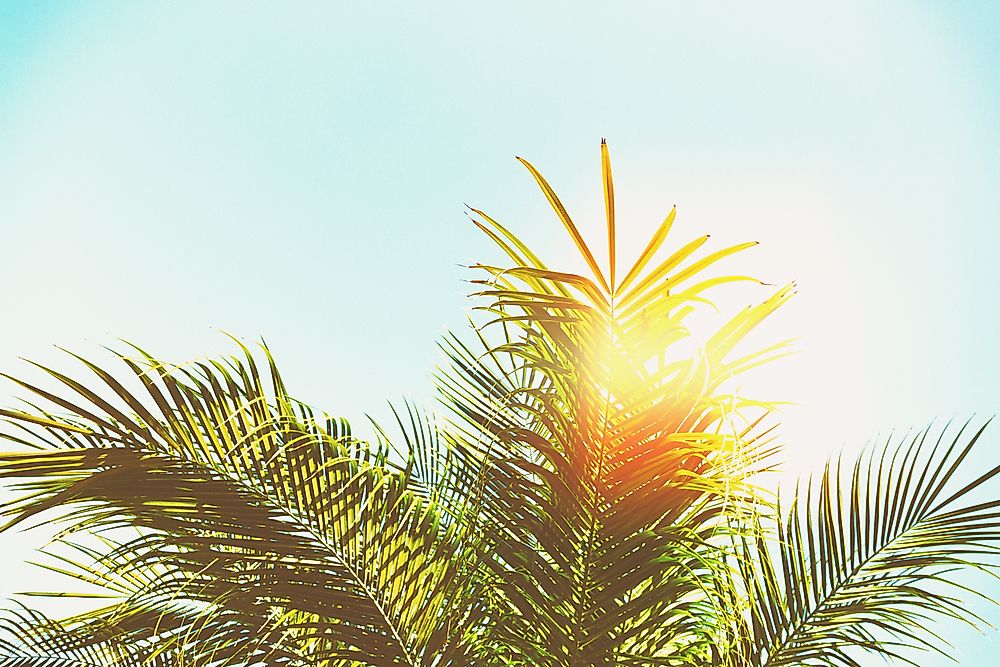The Belt Regions of the United States

The word “belt” is used to refer to an informal geographic area. The United States has about 20 belts including the Rust Belt, Cotton Belt, Bible Belt, Snow Belt, Sun Belt, Lead Belt, Black Belt, Unchurched Belt, Stroke Belt, and Corn Belt. Most of these belts derive their names from a common factor such as a common ailment, a common cash crop, the outstanding weather patterns, and a demographic pattern such as religion among others.
Rust Belt
The Rust Belt is an area that covers the Midwest American states to the Great Lakes. In the past, this region was popular for its production of steel and a booming industrial sector. However, from the mid-20th century, the area experienced de-industrialization, a decrease in its population, and urban decay. De-industrialization was as a result of increased automation, a decline of the US steel and coal industries, and the use of manufacturers from other countries. The states which are part of the Rust Belt are West Virginia, Indiana, Ohio, western New York, Pennsylvania, Lower Peninsula of Michigan, Iowa, and southeastern Wisconsin.
Cotton Belt
The Cotton Belt is the region which covers Georgia, Mississippi, Alabama, Tennessee, Arkansas, Texas, Florida, Louisiana, and Texas. The name “Cotton Belt” was given to the area because centuries ago, the predominant cash crop grown in the area was cotton. There was high productivity because of the fertile soils, favorable climate, and cheap labor. However, in the 20th century, the production of cotton declined due to the abolishment of the slave trade, soil depletion, social changes, and invasion by the boll weevil among other reasons. Today, the region is used to grow corn, soybeans, wheat, peanuts, timber production, and rear livestock.
Bible Belt
The Bible Belt is an area in the southern part of the US. It is known for higher church attendance than any other parts of the US. Most of the people in the Bible Belt region are conservative Evangelical Protestants who influence both politics and society. The highest population of the Evangelical Protestants is found in Tennessee where they constitute 52% of its total population. Areas found within the Bible Belt include Missouri, Ohio, Kentucky, West Virginia, Tennessee, Alabama, Indiana, Oklahoma, Texas, and Southern Virginia among others.
Snow Belt
The Snow Belt region is made up of North American regions which experience heavy snowfall. It is mostly located on the southern and eastern shores of the Great Lakes. The Snow Belt area is usually affected by the lake-effect snow during the winter season. Lake-effect snow causes snow squalls and cloudy skies during the cold season. Examples of the snow belts include Lake Erie-Cleveland, Ohio, Buffalo, New York, Lake Michigan, and Canadian Lake Superior and Lake Huron.
Sun Belt
The Sun Belt is a US territory which receives a higher amount of sunshine than the rest of America. This region spans from Southeast to Southwest America. It covers areas such as California, Florida, Arizona, New Mexico, Oklahoma, Nevada, Mississippi, Arkansas, Alabama, Texas, South Carolina, Louisiana, North Carolina, and Georgia. The Sun Belt region possesses a variety of climate namely desert/semi-desert, humid subtropical, tropical, and Mediterranean. Hence, it generally experiences a warm and sunny climate.
Lead Belt
The Lead Belt is a district where lead mining is predominant. It is situated in the southeastern parts of Missouri in counties such as Saint Francois, Iron, Dent, Washington, and Madison. Mining in Missouri began in the 17th century. In 1720, a French explorer named Phillip Francois Renault pioneered mining operations at the Mine La Motte and Old Mines. Today there is the old Lead Belt which is at the Park Hills and Desloge as well as a new Lead Belt which is near Viburnum. Lead was originally used to manufacture roofing materials, however, today it is used commercially for recreational scuba diving.
Unchurched Belt
The Unchurched Belt is a region which derives its name from the concept of the Bible Belt. It is located in northwestern and northeastern cities and states of the United States. The area is known for minimum religious participation. About 63% of the people who live in this area do not subscribe to any religious community. The areas include Oregon, Washington, British Columbia, Alaska, Nevada, New Hampshire, Maine, Connecticut, and California who have the lowest church membership rates. Most of the residents of these states do not have a religion, are atheists, or agnostic.
Stroke Belt
The Stroke Belt is the geographical area which covers the south eastern United States. It is known for high incidence of strokes and many other cardiovascular diseases. The stroke pattern was first noticed by the Center for Disease Control (CDC) in 1962 due to the high numbers of stroke deaths in North Carolina, Georgia, and South Carolina. Currently, eleven states are categorized as part of the Strokes Belt namely North Carolina, Kentucky, Alabama, Georgia, Virginia, Arkansas, South Carolina, Louisiana, Mississippi, Indiana, and Tennessee. The proposed reasons for the high stroke incidences are diet (high in fat and fried foods), untreated hypertension, smoking, and quality of health care facilities.
Corn Belt
The Corn Belt is the United States mid-western region that is characterized by deep, fertile, and highly organic soils. The land is level which makes the region suitable for farming. As such the Corn Belt is mainly used for agricultural purposes. However, the main cash crop grown in the area is corn which is used to feed livestock such as poultry and hogs. The US states which are found in the Corn Belt include Iowa, Illinois, Missouri, Indiana, eastern Kansas, western Ohio, eastern Nebraska, and southern Michigan. Amongst these states, Illinois, Nebraska, Iowa, and Minnesota are the four major corn producers in the US.











